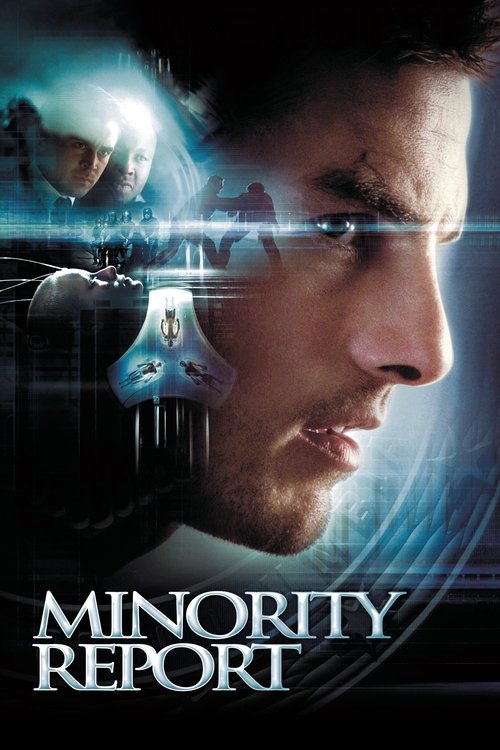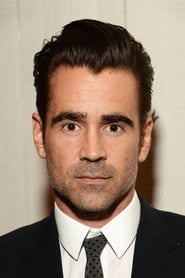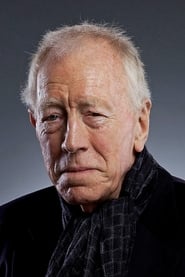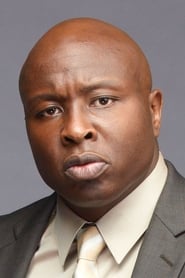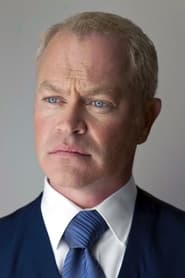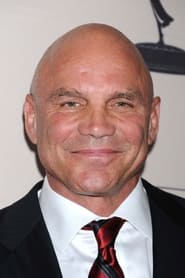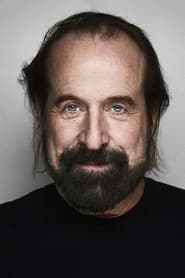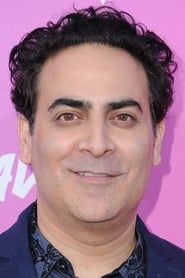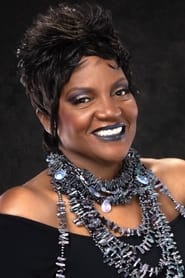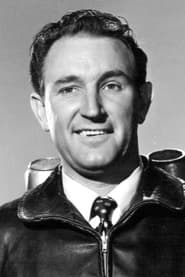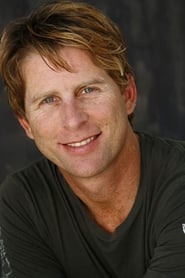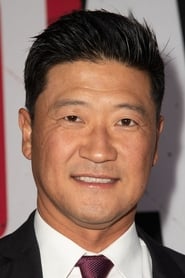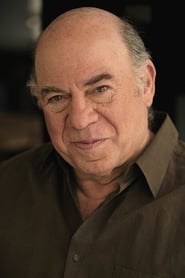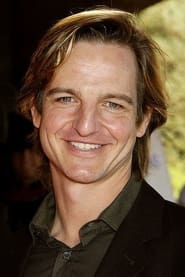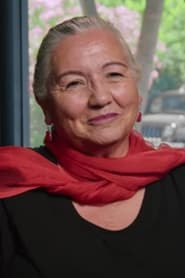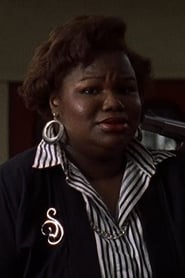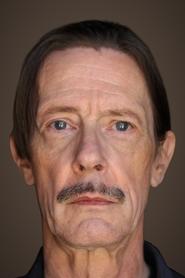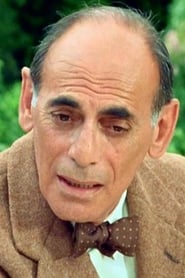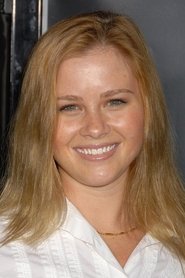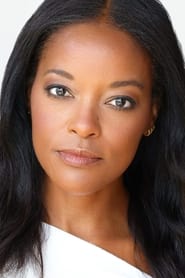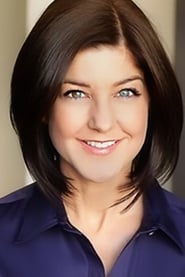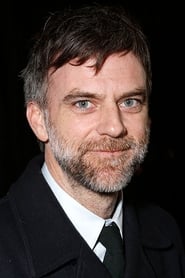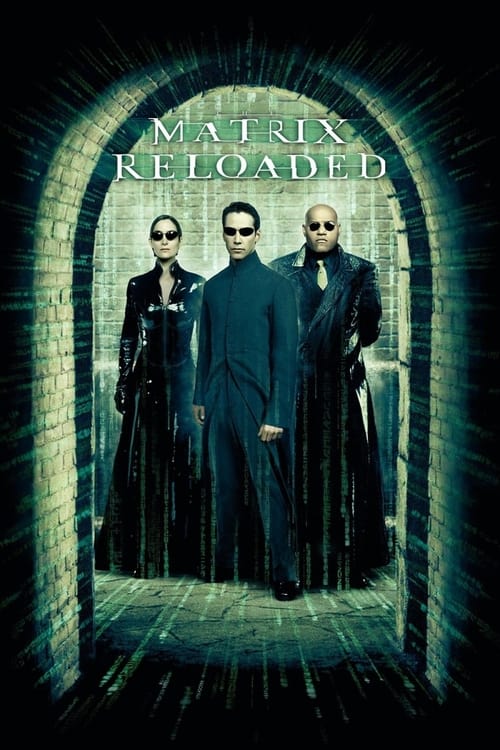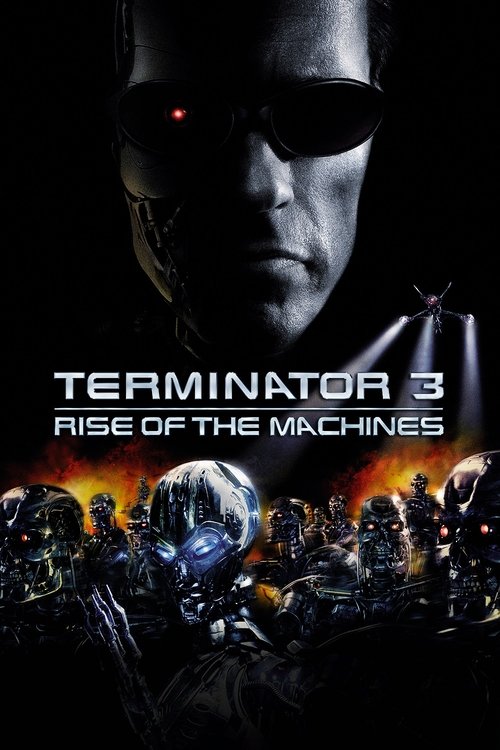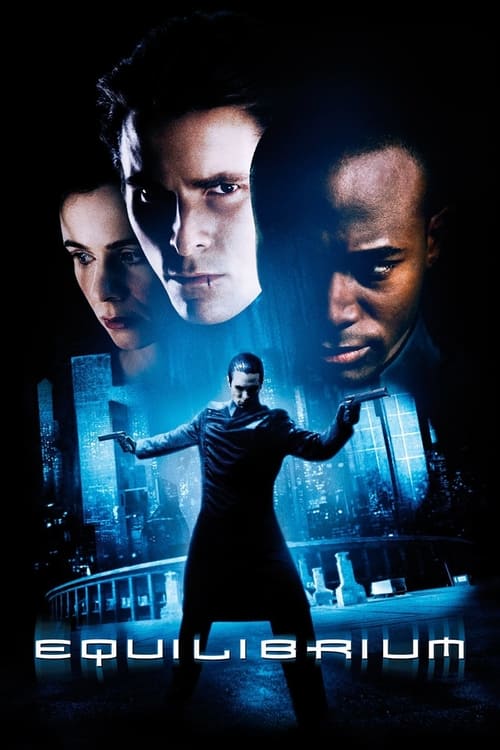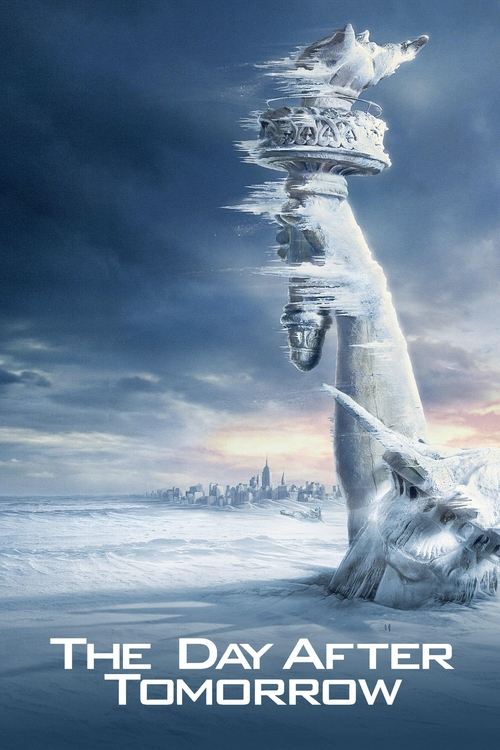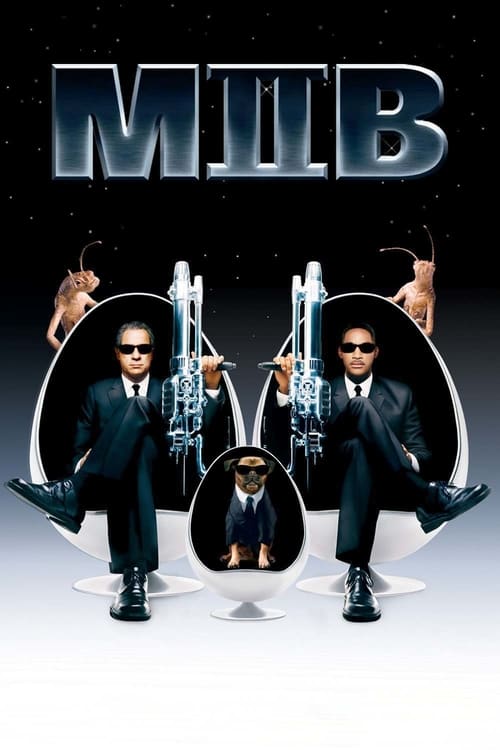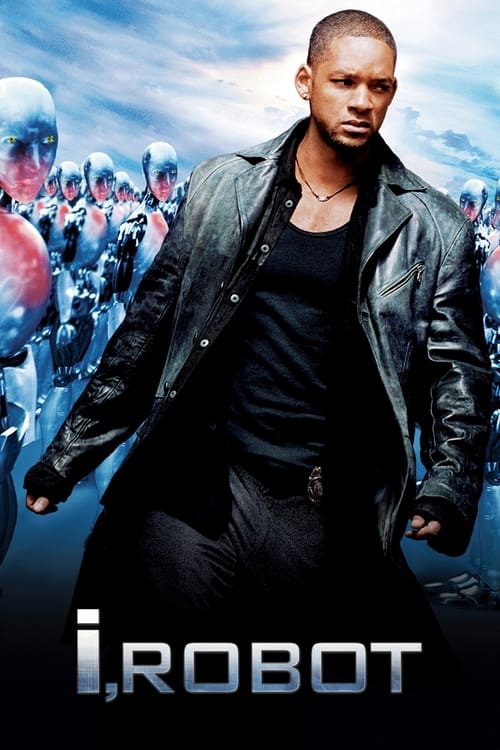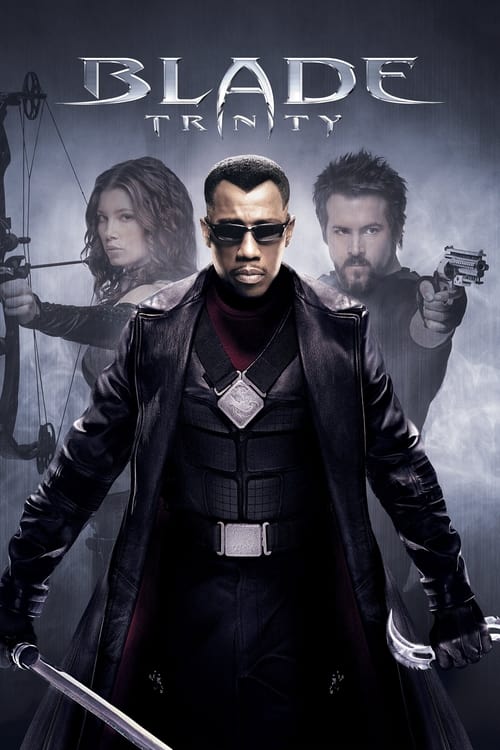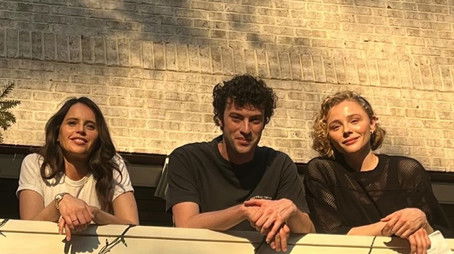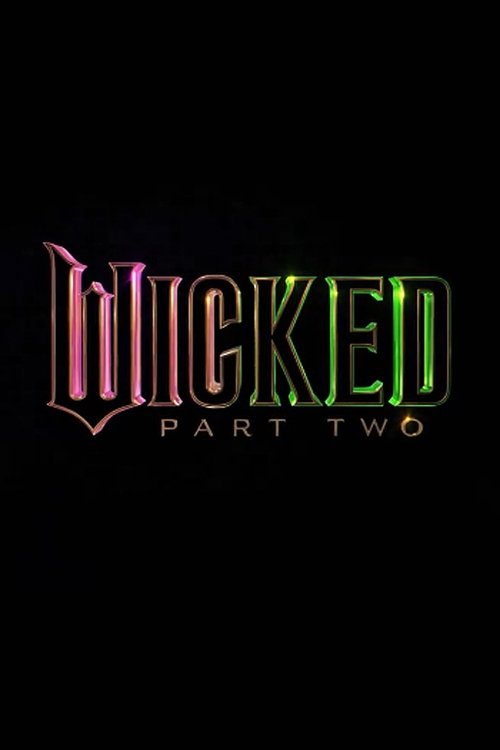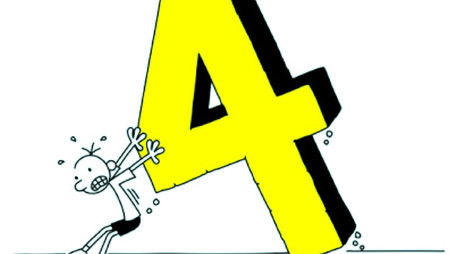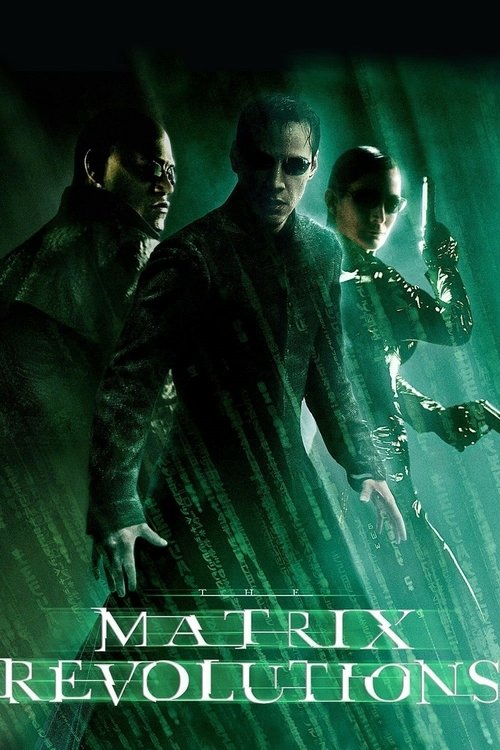
Ask Your Own Question
What is the plot?
The year is 2054 in Washington, D.C., a city transformed by technology and a controversial justice system known as PreCrime. This unit, led by Chief John Anderton, uses the visions of three precognitive humans--Agatha, Arthur, and Dashiell--to foresee murders before they happen and prevent them. The film opens with a tense scene: Howard Marks, a man caught in a domestic dispute, is about to commit murder. The PreCrime officers, guided by the Precogs' visions, intervene just in time to arrest him, illustrating the system's power and reach.
John Anderton (Tom Cruise) is a man haunted by loss. Six years earlier, his young son Sean was kidnapped from a public pool and never found. This personal tragedy fuels his dedication to PreCrime, a program he believes can prevent others from suffering as he has. The Precogs--mutant children born from drug-addicted mothers--are the heart of this system, their psychic abilities enabling the police to stop crimes before they occur. Agatha, the most gifted of the three, is especially vital.
One day, a disturbing vision emerges: John Anderton himself is predicted to commit a murder within 36 hours. The victim is Leo Crow, a man with a dark past. Shocked and desperate, Anderton refuses to believe he will become a killer. He immediately goes on the run, determined to prove his innocence and uncover who might be framing him. The tension escalates as he kidnaps Agatha from the PreCrime facility, hoping her visions can reveal the truth behind the prediction.
As Anderton and Agatha flee through the futuristic cityscape, their journey takes them to the home of Anderton's estranged wife, Lara. The reunion is fraught with emotion and unresolved pain, but Lara offers a brief sanctuary near a lake. There, Anderton learns a crucial piece of the puzzle: Anne Lively, a drowning victim from the early days of PreCrime, was Agatha's mother. Anne had been a drug addict who, in her desperation, sold her daughter to the PreCrime program. After overcoming her addiction, Anne tried to reclaim Agatha but was murdered before she could succeed.
This revelation deepens the mystery. Anderton realizes that his framing for Crow's murder is tied to this dark secret. Someone powerful wants to protect the PreCrime program's image at any cost. Meanwhile, Danny Witwer, a government agent sent to audit PreCrime, independently uncovers discrepancies in Anne Lively's death. He discovers that the drowning was not an accident but a calculated murder, and that the first attempt on Anne's life was stopped by PreCrime, but a second attempt succeeded minutes later and went unnoticed.
Witwer confronts Lamar Burgess, the PreCrime director, with his findings. Burgess, a man of imposing presence and authority, coldly shoots Witwer with Anderton's gun, framing Anderton for the murder. Anderton is arrested and imprisoned for the deaths of both Leo Crow and Danny Witwer. Agatha is returned to the Precog Temple, and the PreCrime system resumes operation.
Behind bars, Anderton is nearly broken, but Lara refuses to give up on him. During a conversation with Burgess, Lara notices his strange knowledge of Anne Lively's drowning--details she never shared. Suspicious, she manages to disable the device suppressing Anderton's brain functions and breaks him out of prison.
Together, Anderton and Lara confront Burgess at a grand banquet celebrating the national launch of PreCrime. Anderton reveals the truth: Burgess orchestrated Anne Lively's murder to protect the program. Burgess hired a man to kill Anne, knowing PreCrime would intervene, then personally finished the job when the system failed to prevent the second attempt. The PreCrime technicians had dismissed the second murder vision as an echo of the first, a critical oversight.
Burgess also engineered the framing of Anderton by manipulating Leo Crow to pose as Sean's kidnapper, hoping to provoke Anderton into murdering Crow and thus discrediting him. But Anderton refuses to kill Crow when they finally confront each other, exposing the plot.
As the confrontation reaches its peak, a "red ball" report comes in: Burgess himself is predicted to kill Anderton. The two men face off, Burgess trapped by his own moral dilemma. If he kills Anderton, he validates PreCrime but condemns himself. If he spares Anderton, PreCrime's credibility collapses. Burgess, overwhelmed by guilt and the impossible choice, asks Anderton for forgiveness and then takes his own life.
With Burgess dead, Anderton and Lara reconcile. Lara reveals she is pregnant, symbolizing hope and renewal. The PreCrime program is dismantled; prisoners who were convicted based on precognitive evidence are pardoned and released, though many remain under surveillance. The Precogs are relocated to a peaceful, undisclosed location, freed from their burdensome roles.
The film closes on a world grappling with the balance between security and freedom, justice and control, leaving viewers to ponder the cost of a society that sacrifices free will for safety.
What is the ending?
In the ending of "Minority Report," John Anderton confronts the truth about the PreCrime system and his own future. He learns that he was set up to be a murderer, and he ultimately chooses to save the life of the person he was supposed to kill. The film concludes with the dismantling of the PreCrime program, and Anderton finds a chance at redemption and a new beginning with his family.
As the climax of "Minority Report" unfolds, John Anderton, portrayed by Tom Cruise, finds himself in a desperate race against time. After escaping from the authorities, he discovers that the PreCrime system, which he once believed in wholeheartedly, is not as infallible as it seemed. He learns that he is destined to kill a man named Leo Crow, a revelation that shakes him to his core.
In a tense sequence, Anderton confronts Crow in a hotel room, where he is faced with the moral dilemma of fulfilling his predicted future or defying it. The room is dimly lit, filled with shadows that reflect Anderton's internal struggle. As he grapples with the knowledge of his supposed future crime, he realizes that Crow is not just a victim; he is part of a larger conspiracy orchestrated by the very system Anderton once served.
In a moment of clarity, Anderton chooses to defy his fate. Instead of killing Crow, he learns that Crow had been hired to provoke him, to ensure that the prediction of murder would come true. This revelation is pivotal; it highlights the manipulation at play within the PreCrime system. Anderton's decision to spare Crow's life is a significant turning point, showcasing his growth and the reclaiming of his agency.
As the police close in, Anderton manages to escape, but not without a final confrontation with the head of PreCrime, Director Lamar Burgess, played by Max von Sydow. In a dramatic showdown, Anderton exposes the truth about the PreCrime program and its flaws. Burgess, realizing that his carefully constructed world is crumbling, takes his own life, leaving Anderton to grapple with the consequences of the system he once upheld.
In the aftermath, the PreCrime program is dismantled, and the future of law enforcement is left uncertain. Anderton, now free from the burden of his predicted crime, finds a moment of peace. He visits the grave of his son, a poignant scene that underscores his emotional journey throughout the film. The camera lingers on Anderton's face, capturing the weight of his loss and the hope for redemption.
The film concludes with Anderton reuniting with his estranged wife, Lara, played by Kathryn Morris. Their reunion is tentative but filled with the possibility of healing. As they embrace, the screen fades to black, leaving the audience with a sense of closure for Anderton's character and a lingering question about the future of justice in a world where free will and determinism collide.
In summary, John Anderton emerges from the chaos with a renewed sense of purpose, having chosen to protect life rather than take it, while the PreCrime system, once a beacon of hope, is dismantled, leaving behind a complex legacy of morality and choice.
Is there a post-credit scene?
The movie "Minority Report," produced in 2002, does not have a post-credit scene. The film concludes with a resolution to the main narrative, focusing on the fate of John Anderton and the implications of the PreCrime system. After the climax, where Anderton confronts the truth about the precogs and his own future, the story wraps up without any additional scenes during or after the credits. The ending emphasizes themes of free will and redemption, leaving the audience with a sense of closure regarding the characters' arcs.
What is the role of the PreCogs in the story?
The PreCogs are three genetically enhanced individuals who possess the ability to see into the future and predict homicides before they occur. They are kept in a state of suspended animation in a water tank, where their visions are interpreted by the PreCrime division. Their predictions form the basis of the entire PreCrime system, allowing law enforcement to arrest potential murderers before they commit their crimes.
How does John Anderton's character evolve throughout the film?
John Anderton, played by Tom Cruise, begins as a dedicated and confident officer in the PreCrime unit, believing wholeheartedly in the system. However, as he becomes a fugitive after being accused of a future murder, his faith in the system is shattered. He experiences fear, desperation, and a deep sense of betrayal, leading him to question the morality of preemptive justice and ultimately fight to prove his innocence.
What motivates Agatha, the most gifted PreCog?
Agatha, portrayed by Samantha Morton, is the most powerful of the PreCogs, often experiencing intense emotional turmoil due to her visions. Her motivation stems from a desire for freedom and autonomy, as she is aware of the ethical implications of her abilities. Throughout the film, she forms a bond with Anderton, helping him navigate the complexities of the future he is accused of, while also seeking to escape the confines of the PreCrime facility.
What is the significance of the 'Minority Report'?
The 'Minority Report' refers to an alternate vision of a future crime that the PreCogs sometimes produce, indicating that there is a possibility the predicted murder may not occur. This concept becomes crucial when Anderton discovers that he has a Minority Report regarding his own future murder, suggesting that he may not be destined to commit the crime he is accused of. This revelation challenges the deterministic nature of the PreCrime system and raises questions about free will.
How does the film explore the theme of surveillance through the character of John Anderton?
John Anderton's character is deeply intertwined with the theme of surveillance, as he is both a protector and a target of the PreCrime system. Initially, he uses technology to monitor potential criminals, but as he becomes a suspect, he experiences the invasive nature of surveillance firsthand. This shift in perspective highlights his internal conflict and growing paranoia, as he grapples with the loss of privacy and the implications of living in a society that prioritizes security over individual rights.
Is this family friendly?
"Minority Report," produced in 2002, is a science fiction film that explores complex themes and contains several elements that may not be suitable for children or sensitive viewers. Here are some potentially objectionable or upsetting aspects:
-
Violence: The film features scenes of intense violence, including shootouts, physical confrontations, and the depiction of a murder that is central to the plot.
-
Murder and Death: The concept of pre-crime involves the prediction of murders, and there are discussions and visual representations of murder victims, which may be disturbing.
-
Psychological Themes: The film delves into themes of free will versus determinism, which may be confusing or unsettling for younger audiences. The emotional turmoil of the characters, particularly the protagonist, can evoke feelings of anxiety and despair.
-
Drug Use: There are scenes depicting drug use, including a character using a substance to escape reality, which may not be appropriate for younger viewers.
-
Futuristic Dystopia: The film presents a dark vision of the future, including a society that employs surveillance and control, which may be frightening or unsettling.
-
Mature Language: There are instances of strong language that may not be suitable for children.
-
Emotional Distress: Characters experience significant emotional distress, including loss, betrayal, and fear, which may be intense for sensitive viewers.
Overall, while "Minority Report" is a thought-provoking film, its mature themes and content may not be appropriate for a family-friendly viewing experience.

